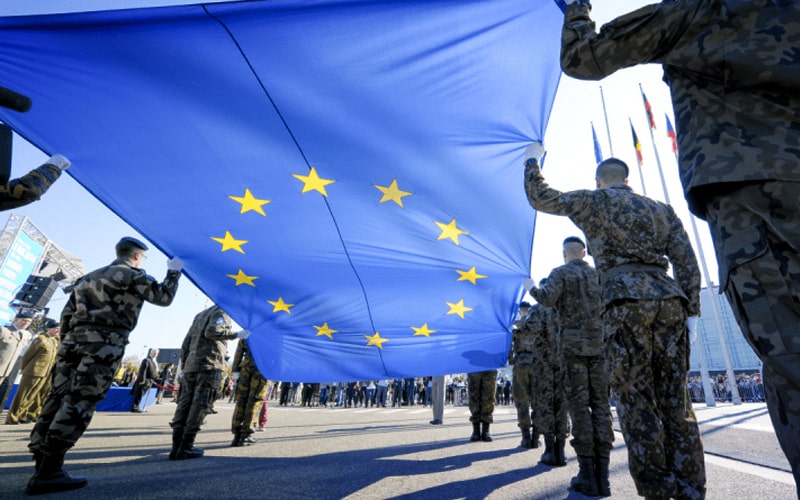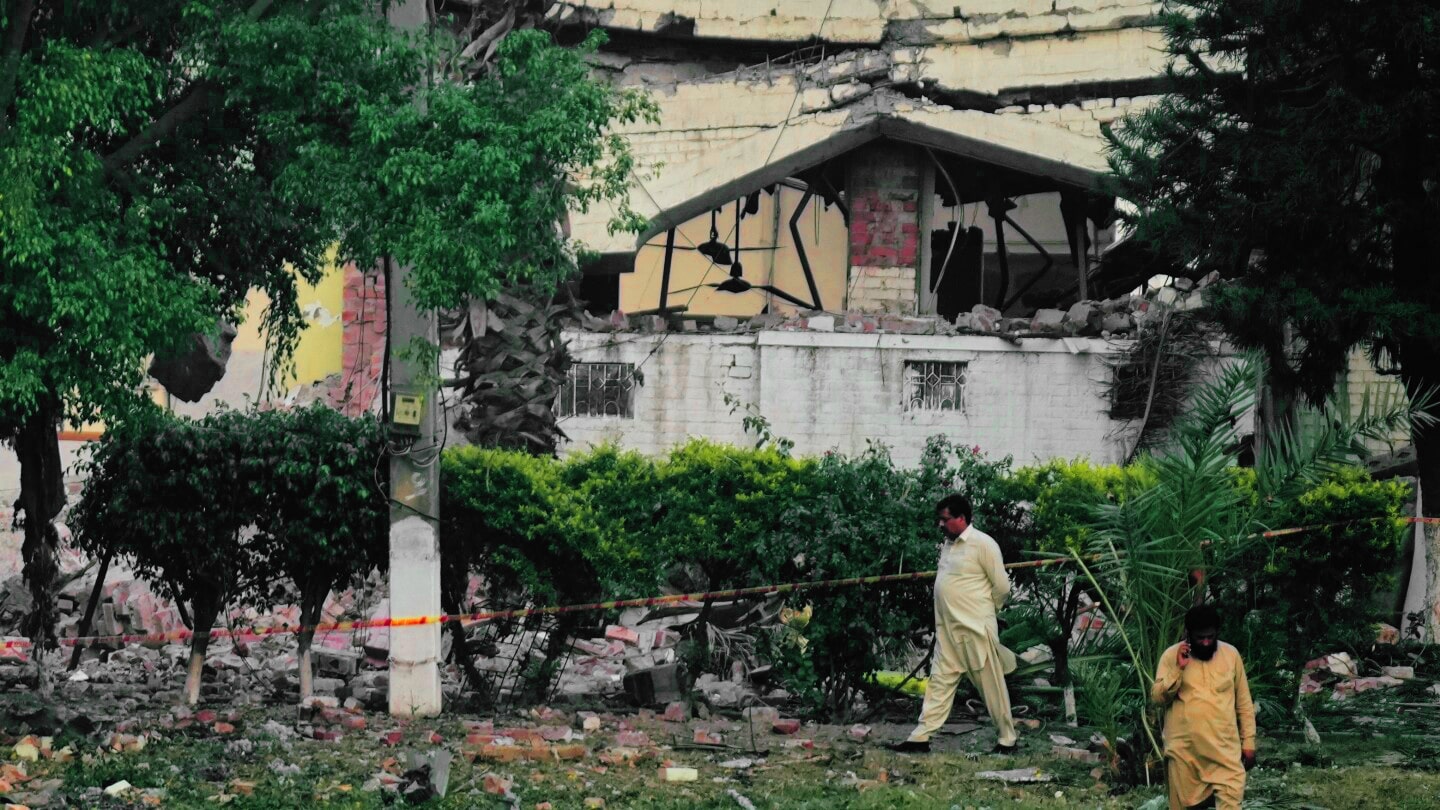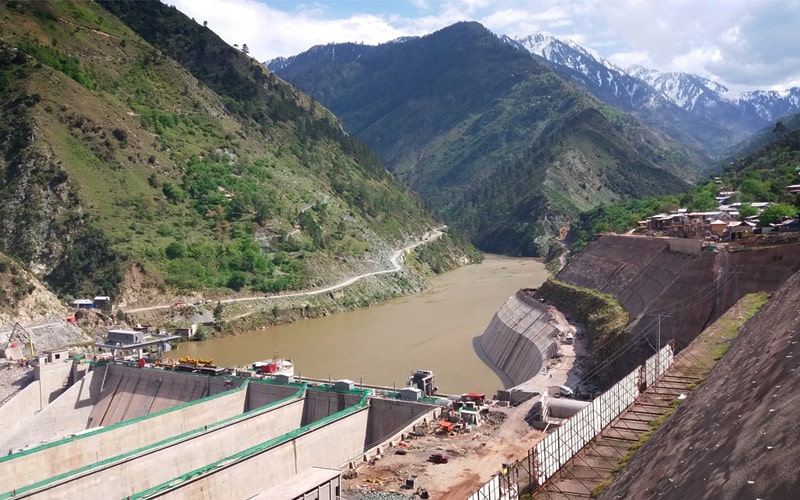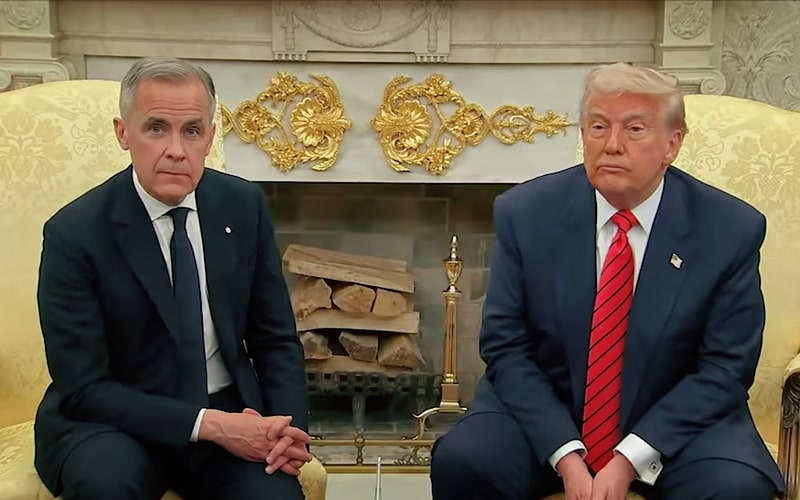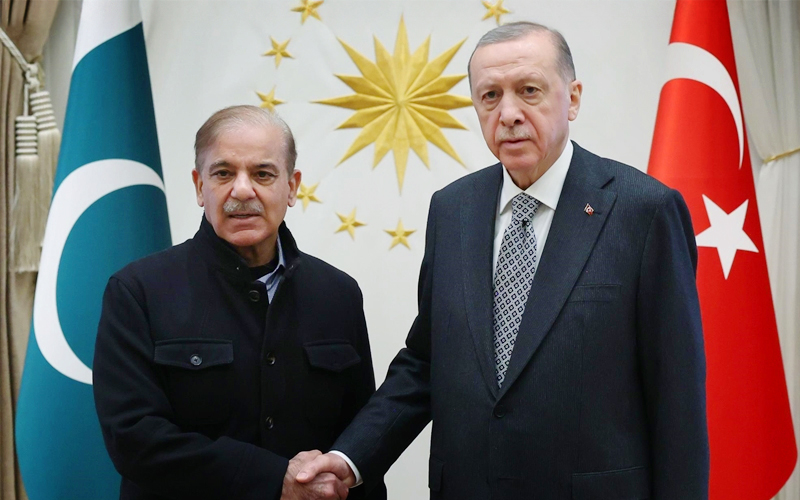The ongoing conflict between India and Pakistan is shaping up to be a landmark moment for China’s military industry, potentially offering the first large-scale test of its weapons in real combat against Western-built systems. As both nations exchange strikes and claims, analysts say the battlefield may now serve as a proving ground for China’s expanding …
India-Pakistan Clash Becomes Key Battleground for China’s Military Tech Reputation
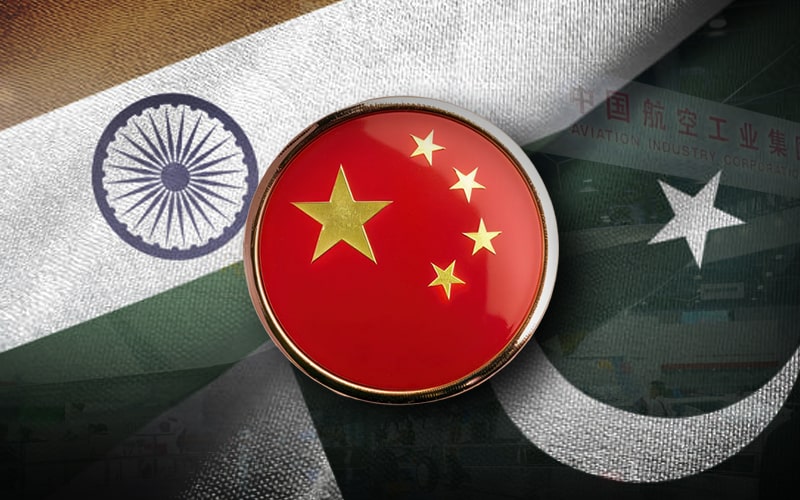
The ongoing conflict between India and Pakistan is shaping up to be a landmark moment for China’s military industry, potentially offering the first large-scale test of its weapons in real combat against Western-built systems. As both nations exchange strikes and claims, analysts say the battlefield may now serve as a proving ground for China’s expanding arms industry.
Pakistan claims it used Chinese-made J-10C fighter jets to shoot down five Indian aircraft, including French-made Rafales, during what it called the most intense air-to-air battle between two nuclear powers in history. India has yet to confirm any losses. However, a French defense source has reportedly acknowledged the downing of at least one Rafale jet.
The J-10C, developed by China’s AVIC Chengdu Aircraft, is a 4.5-generation multirole fighter equipped with advanced radar and missile systems. Shares of the state-owned defense firm surged by 40% this week as news of the jets’ combat role spread, underscoring growing confidence in China’s defense exports.
China has not fought a major war in more than four decades, but under President Xi Jinping, it has funneled billions into modernizing its military. That effort extends to Pakistan, its closest strategic partner. Nearly 81% of Pakistan’s arms imports over the last five years have come from China, including fighter jets, missiles, and radar systems.
The conflict has also placed attention on China’s PL-15 air-to-air missiles, which may have been used during the engagement. These weapons have a reported range of over 200 kilometers, though export versions are believed to be more limited. Regardless, their performance has already fueled speculation in global defense circles.
“This isn’t just a regional clash — it’s a real-world advertisement for China’s defense industry,” said Antony Wong Dong, a military observer. Experts suggest countries in the Middle East and North Africa may now view Chinese weapons as credible alternatives to Western arms, especially as Russia’s influence declines following its war in Ukraine.
Still, some analysts urge caution. They note that Pakistan’s reported success may reflect tactical advantages or Indian misjudgments rather than technological superiority alone. India’s use of Rafales and Su-30s in the strikes reportedly damaged multiple targets inside Pakistan, indicating that China’s surface-to-air systems may have limitations of their own.
“If Pakistani jets truly shot down multiple Indian aircraft, the real issue might be how the Indian Air Force executed its operation,” said Craig Singleton of the Foundation for Defense of Democracies. “Even top-tier weapons can fail without proper coordination and planning.”
Despite mixed outcomes, the geopolitical implications are clear. As India grows closer to the United States and other Western powers, and Pakistan deepens its alignment with China, the conflict reflects a new era of great-power rivalry playing out through proxy partners and arms trade.
Subscribe to Our Newsletter
Keep in touch with our news & offers





